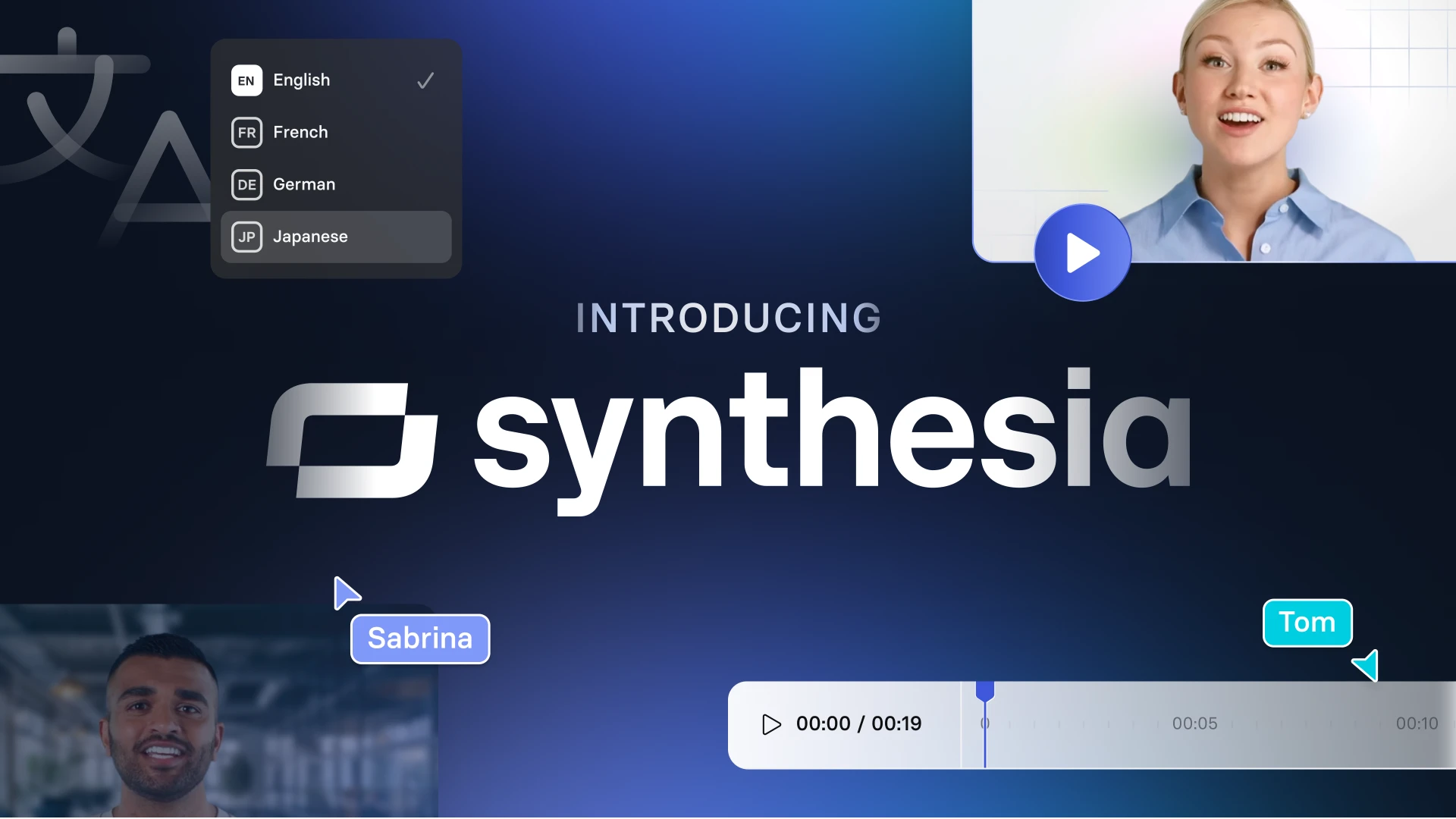The leverage era in Bitcoin trading has faded into something more deliberate. What once resembled a perpetual motion casino now behaves more like a bond desk.
Options activity has overtaken perpetuals, realized volatility has narrowed, and the largest Bitcoin fund in the world, BlackRock’s iShares Bitcoin Trust (IBIT), has become a vehicle for income strategies rather than directional speculation.
The biggest trade used to be betting on Bitcoin’s next leg higher. Now, it’s about earning a steady yield by selling its volatility.
The data show a structural transition. IBIT options open interest stands near seven million contracts, equivalent to roughly $44 billion in notional exposure, with a put-to-call ratio of 0.40. Call positions dominate, particularly across strikes from $65 to $75, and expiries clustered in late October and November.
These levels are consistent with systematic covered-call writing: investors holding IBIT shares while selling short-dated, out-of-the-money calls to capture premium.

The max pain levels for near-term expiries hover in the mid-$60 range, close to IBIT’s current price near $63. Given this narrow gap between market price and max pain, the intent of these spreads is clear: generate income in exchange for giving up some upside.


The offshore derivatives market tells a similar story. On Deribit, Bitcoin options open interest is now dominated by far-out-of-the-money calls around $120,000 to $210,000, while puts cluster near $80,000 to $100,000.
The total notional exposure of $46.6 billion dwarfs the $1.6 billion of premium actually at risk, which is another sign that volatility is being sold rather than chased.
Futures markets echo this calm: across major exchanges, annualized basis premiums sit in the low- to mid-single digits, far below the double-digit spreads seen in 2021. Leverage has been replaced by income harvesting.
The covered-call strategy that drives this environment is simple but powerful. Investors buy IBIT shares to gain spot Bitcoin exposure, then sell one-month calls roughly 10 percent above the market (for example, at $110,000 with Bitcoin near $100,000), generating yields that can reach 12–20 percent annualized depending on volatility.
The result is a steady return profile that appeals to institutions seeking exposure without having to forecast short-term price moves. It’s a conservative evolution of the 2020–2021 “basis trade,” when traders bought spot and sold futures to lock in arbitrage yields. This time, the yield comes from option premiums rather than futures spreads.
The institutional footprint is unmistakable. IBIT’s options activity is concentrated in maturities and strikes that match typical overwrite strategies used by mutual funds, pensions, and QYLD-style equity income products.
These desks are running systematic call-selling programs that transform Bitcoin exposure into an income stream. The ability to execute these trades through a 40 Act ETF wrapper, rather than a crypto prime brokerage, has opened the door for a new class of participants that prize liquidity, custody, and regulatory clarity.
This shift is reshaping Bitcoin’s behavior. Heavy short-call supply has a dampening effect on realized volatility. When price drifts toward heavily trafficked strikes, dealer hedging flows absorb some of the momentum.
Upside breakouts slow as dealers buy back deltas to stay balanced; pullbacks moderate as they unwind those hedges. The result is a narrower trading range and fewer abrupt liquidations. Data from the past quarter show that Bitcoin’s 30-day realized volatility dropped roughly 60 percent, which is in line with this structural compression.
ETF flow data confirm how insulated this new regime has become. Across October, spot Bitcoin ETFs saw alternating waves of inflows and outflows, from $1.2 billion net creations earlier in the month to a $40 million net redemption on Oct. 20.
Yet, the covered-call activity within IBIT options persisted. Even as IBIT posted a $100.7 million outflow that day, options volume and open interest remained concentrated around the same strikes and expiries. This consistency suggests that the strategy is independent of daily sentiment: a mechanical yield engine rather than a speculative bet.
In macro terms, the covered-call trade functions as Bitcoin’s new “carry.” In previous cycles, the carry came from a rich futures premium financed through stablecoin lending. Now, it comes from selling volatility on a regulated ETF.
The economics are similar: steady income from structural inefficiency. However, the participants and infrastructure are entirely different. For institutional desks that once ran equity overwrite programs, the move to IBIT is a natural extension into a higher-volatility asset with familiar mechanics.
This transformation carries consequences for the entire market. As short-gamma positions proliferate, Bitcoin’s reflexivity (its tendency to accelerate when volatility spikes) weakens. Price swings that once triggered cascading liquidations now meet hedging flows that moderate the extremes.
In this sense, Bitcoin’s growing institutional maturity may be self-limiting: the more it becomes part of the traditional income portfolio, the less explosive its price action becomes. The market gains stability, but at the cost of its trademark asymmetry.
For now, that trade-off suits the new participants. Volatility compression reduces drawdowns, steady premiums enhance returns, and the optics of “Bitcoin income” resonate with allocators who once saw BTC as untamable.
The irony is that this respectability arrives by systematically selling the volatility that defined Bitcoin’s identity. Institutions are not betting that Bitcoin will soar; they’re betting that it won’t move too much.
Bitcoin’s market structure is thus entering a phase of quiet domestication. Derivatives open interest is stable, funding rates are subdued, and option markets are deep enough to support large overwriting programs.
The coin has not lost its potential for explosive moves, as a macro shock or a renewed wave of ETF inflows could still break the equilibrium, but it now trades in a framework that rewards inertia. The leverage casino has become a yield desk.
That evolution may be the clearest marker yet of Bitcoin’s integration into traditional finance. Its volatility is now an asset class of its own, harvested by the same institutions that once feared it. The irony remains: Bitcoin’s path to maturity may not be defined by motion, but by the value extracted from its stillness.





